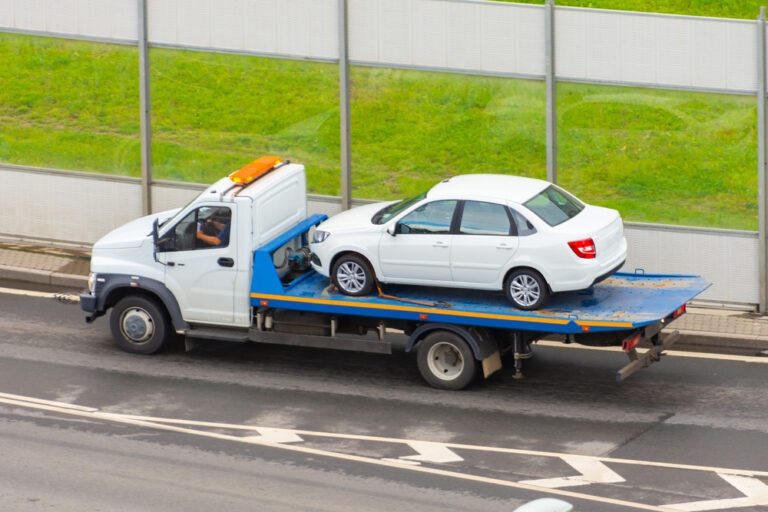
Open vs. Enclosed Car Transport: Which Is Right for You?
When it comes to transporting vehicles over long distances, the choices often boil down to two main options: open car transport and enclosed car transport. Both methods have their benefits (and some cons), but ultimately, the right choice largely depends on the specific needs of the car owner.
In this article, we will delve deep into the key differences, pros, and cons of each method to help you make an informed decision.
Open Car Transport

Let’s start with open car transport! This is the most common method for shipping cars. It involves vehicles being loaded onto large, open-air trailers, which can usually accommodate multiple cars at once.
The Pros:
- Cost-Effective: Being the more prevalent mode of transport, open transport is generally less expensive than its enclosed counterpart.
- Availability: Given its popularity, finding carriers that offer open transport is easier, which often means quicker pick-up times.
- Multi-Level Structures: With platforms stacked over one another, these trailers can hold numerous vehicles simultaneously. So, whatever the size, it can be adjusted to allocate space accordingly.
- Streamlined Loading and Unloading: The openness of these carriers allows for efficient and quick loading and unloading processes. Without walls or roofs obstructing the way, vehicles can be driven on and off with ease, regardless of their size. This benefit is particularly valuable for large vehicles that might be cumbersome to maneuver in confined spaces.
The Cons:
- Exposure to Elements: Your vehicle will be exposed to weather conditions such as rain, snow, and sun. Over long distances, this might result in minor wear and tear.
- Potential Debris Impact: There’s an increased risk of your car being hit by road debris.
- Less Protection from Theft: Open car transporters expose vehicles to the public eye, making them more visible and accessible. This visibility can attract unwanted attention. Though instances of theft are rare, the risk is greater compared to enclosed transport where vehicles remain concealed from view.
Enclosed Car Transport

Switching gears, enclosed car transport means your vehicle is transported in a fully enclosed trailer. It’s akin to giving your car a first-class ticket for its journey.
The Pros:
- Protection: Your vehicle gets the highest level of protection from environmental factors and road debris. It’s especially important for classic, luxury, or exotic cars where even the tiniest scratch can significantly depreciate its value.
- Privacy: Enclosed trailers keep your vehicle out of sight, providing added privacy.
- Climate-Controlled Environment: Some enclosed car transporters come equipped with climate-controlled trailers. By maintaining a consistent temperature and humidity level, these climate-controlled spaces ensure that the vehicle is protected from extreme weather fluctuations, reducing the potential for weather-induced damage or degradation during transit.
Cons:
- Cost: Enclosed transport is generally more expensive due to specialized equipment, lower car capacity, and higher insurance premiums.
- Availability: Fewer carriers specialize in enclosed car transport, which might mean longer wait times for pick-up and delivery.
- Limited Visibility and Inspection: Routine visual inspections are more challenging. While carriers take every precaution to ensure safe transit, the reduced accessibility and visibility in enclosed trailers can be a drawback in situations where prompt visual checks are beneficial.
Making Your Choice
To pick which works for you, consider:
- Your Budget: If you’re on a tight budget and your car is a standard model without significant sentimental or monetary value, open transport might be your best bet.
- Vehicle Value: For luxury, classic, or exotic cars, enclosed transport is often the recommended choice. The extra cost is a worthy investment to protect your valuable asset.
- Transit Time: If you need your vehicle transported quickly, the more available open carriers might be the more convenient choice.
Conclusion
While open car transport offers a cost-effective solution for the masses, enclosed car transport provides a premium protective service for those with valuable vehicles or particular concerns. Remember, it’s not just about getting your vehicle from point A to B but ensuring its safety and condition upon arrival.
Recent post

General Shipping Information
Debunking Common Vehicle Transport ...

Car Shipping